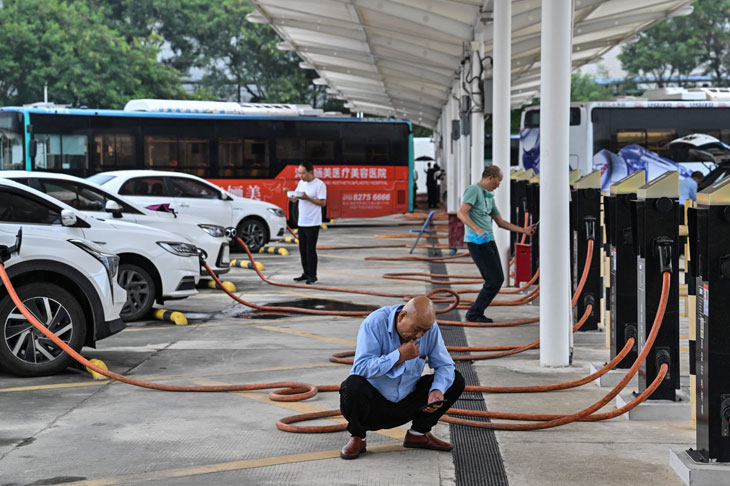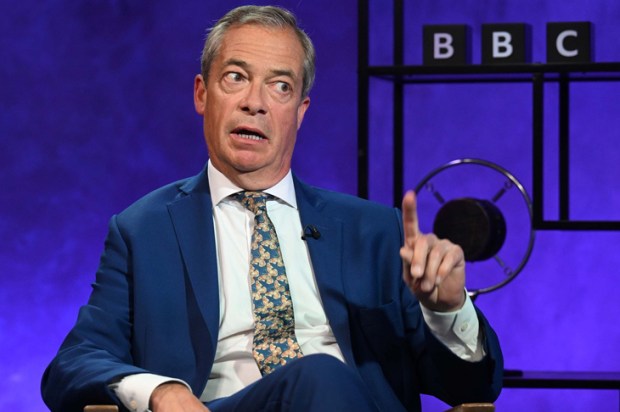The electric car market’s apparently smoothly accelerating journey along the global sales highway has hit a speed bump. The industry is running out of wealthy, green-conscious buyers and is shocked to find that the broad middle class of consumers owning just one cheap car that they need to get to work or take the kids to school is showing little interest in expensive electric vehicles.
Already a subscriber? Log in
Subscribe for just $2 a week
Try a month of The Spectator Australia absolutely free and without commitment. Not only that but – if you choose to continue – you’ll pay just $2 a week for your first year.
- Unlimited access to spectator.com.au and app
- The weekly edition on the Spectator Australia app
- Spectator podcasts and newsletters
- Full access to spectator.co.uk
Unlock this article
Mark Lawson has written ‘Dark Ages – the looming destruction of the Australian power grid’ (Connor Court)
You might disagree with half of it, but you’ll enjoy reading all of it. Try your first month for free, then just $2 a week for the remainder of your first year.














Comments
Don't miss out
Join the conversation with other Spectator Australia readers. Subscribe to leave a comment.
SUBSCRIBEAlready a subscriber? Log in